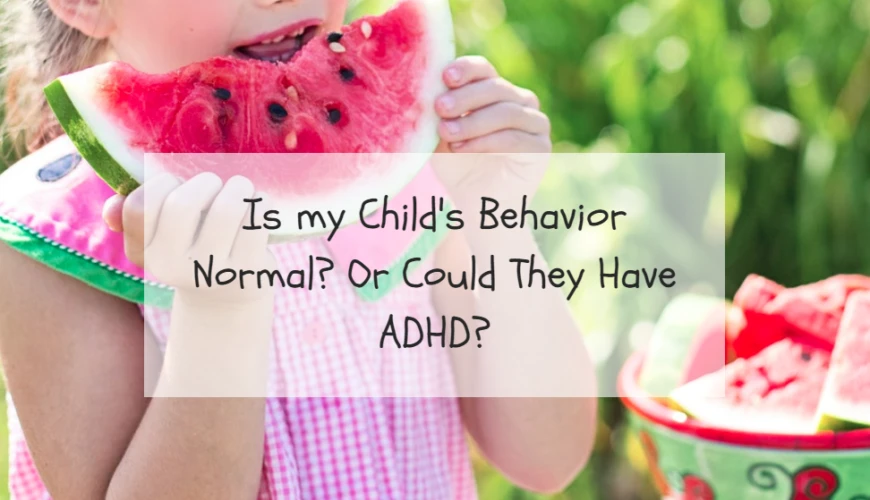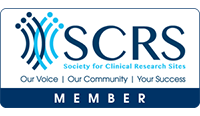It’s normal for children to be stubborn, have loads of energy and act without thinking. But how do we as parents determine if our child’s behavior is normal or is reflecting symptoms of ADHD? Understanding the difference between symptoms of ADHD and normal child-like behavior can be unclear, so first it’s important to know what exactly ADHD is and what the signs and symptoms are.
What is ADHD?
ADHD stands for attention deficit hyperactivity disorder and is a common medical condition that affects the brain. The disorder affects how your child learns, focuses, and reciprocates information. It is caused by differences in the brain and often runs in the family.
What Are the Symptoms?
ADHD is prominent in people of all ages, but in children it’s harder to spot the difference between child-like behavior and having a disorder. The easiest ways to tell if your child suffers from ADHD is if they struggle with:
- Thinking, shifting gears or thinking in different ways
- Memory
- Managing their emotions
- Self-regulation
- Organizing and planning
- Controlling impulses
- Following directions and rules
When Do Children Typically Get Diagnosed?
If your child struggle with ADHD, the symptoms and signs typically emerge around the age of seven. Spotting only a few of the symptoms probably means your child does not have ADHD, but if your child mirrors the symptoms and shows a number of the signs and symptoms then take next steps and bring it up to their pediatrician.
If you think your child may be living with ADHD, learn more about participating in a clinical trial. We are currently enrolling a study for children 4-5 years old diagnosed with the disorder. Fill out the form below and someone will be in contact with you about the study.



